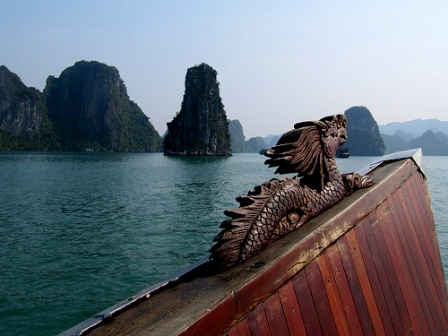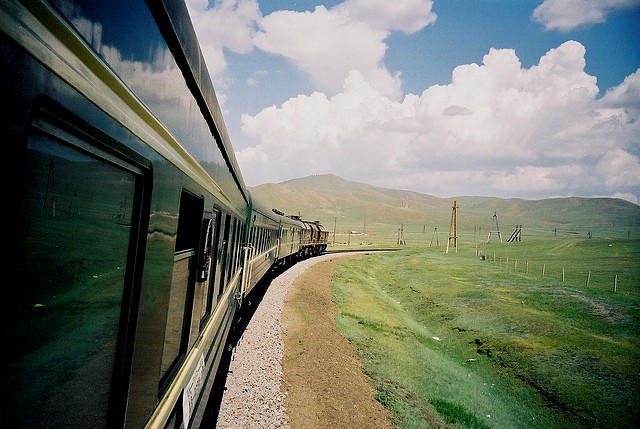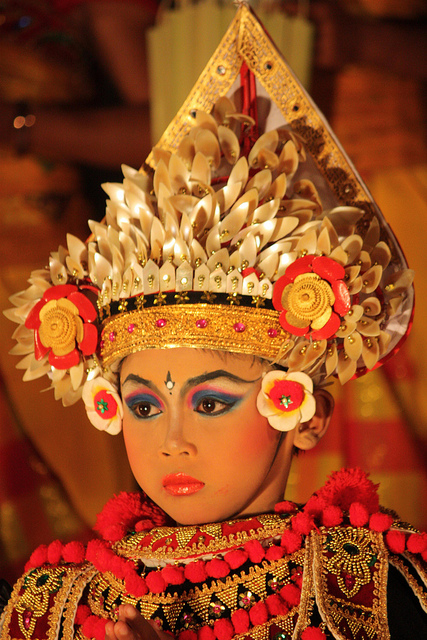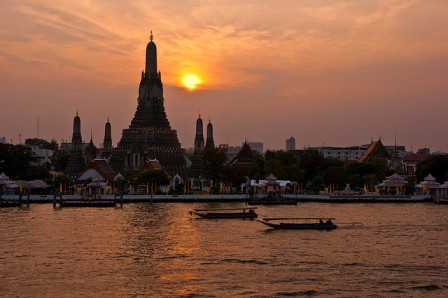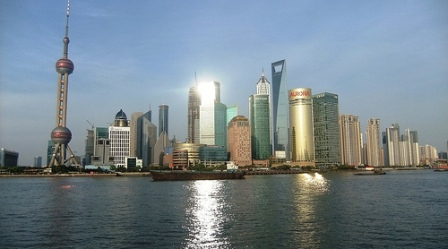With is long narrow S-shape, the easternmost country on the Indochina Peninsula, Vietnam has a rich and diverse natural environment. It is located in Southeast Asia and faces China to the north, Laos to the northwest and Cambodia to the southwest. Here is a map of Vietnam to help you understand its geography.
Vietnam is a very popular destination that attracted 4.4 million international visitors in 2010 and the trend keeps increasing. Vietnam has two World Natural Heritage Sites, Ha Long Bay and Phong Nha-Ke Bang National Park. But in addition to stunning nature, Vietnam also entices its visitors with fascinating historic cities, luxurious resorts, shopping and its renowned cuisine. Among the popular activities in Vietnam are motorcycle tours, especially given that motor bikes are the main form of transportation in the country.

The weather in Vietnam varies widely by location. For example the southern part (Ho Chi Minh City and the Mekong Delta) is hot all year round, with average temperatures between 21 and 28 °C (69.8 and 82.4 °F) while the temperature in the mountains in the north is much lower in December, around 5 °C (41 °F). During July and August the temperature in the mountain areas can rise up to 37 °C (98.6 °F). Generally speaking, most places have a dry season and a rainy season, and the Monsoon season usually lasts from about March to October. High travel season for Vietnam is November to March and July and August.
These are some of the main destinations frequented by tourists:
- Hanoi: The capital of Vietnam, Hanoi is a historic city with a strong Chinese influence and many traces of its French colonial past. Many craftsman and merchants run stores side by side in the Old Quarter which is also a great place for exploring the local delicacies of Hanoi. This area has been prospering for almost ten centuries. Water puppetry is one of the famous entertainment traditions of Hanoi.

- Hoi An: Located in the central part of Vietnam, Hoi An is a beautiful small city that has been recognized as a World Heritage Site by UNESCO. This city did not suffer from destruction during the Vietnam War and has a large collection of old buildings. The Old Town, in particular, is very popular with travelers, with its narrow lanes and Chinese style shops.
- Ha Long Bay: Located in northern Vietnam, 170 km east of Hanoi, Ha Long Bay is one of Vietnam’s most popular destinations. With its characteristic rock formations, Ha Long Bay was registered as a UNESCO World Heritage Site in 1994. More than 1900 limestone islands protrude from the bay which can be explored aboard a local boat (also called “junk”).

